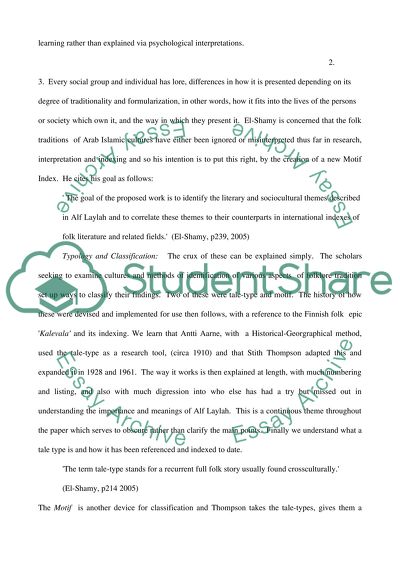Cite this document
(“Critial Review Essay Example | Topics and Well Written Essays - 1250 words”, n.d.)
Retrieved from https://studentshare.org/miscellaneous/1536525-critial-review
Retrieved from https://studentshare.org/miscellaneous/1536525-critial-review
(Critial Review Essay Example | Topics and Well Written Essays - 1250 Words)
https://studentshare.org/miscellaneous/1536525-critial-review.
https://studentshare.org/miscellaneous/1536525-critial-review.
“Critial Review Essay Example | Topics and Well Written Essays - 1250 Words”, n.d. https://studentshare.org/miscellaneous/1536525-critial-review.


